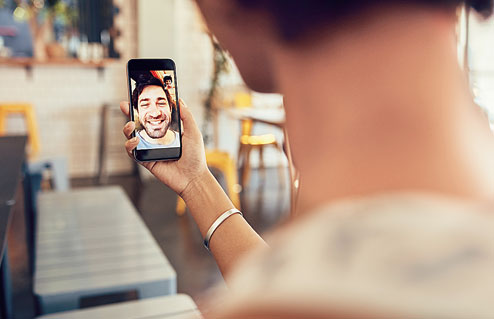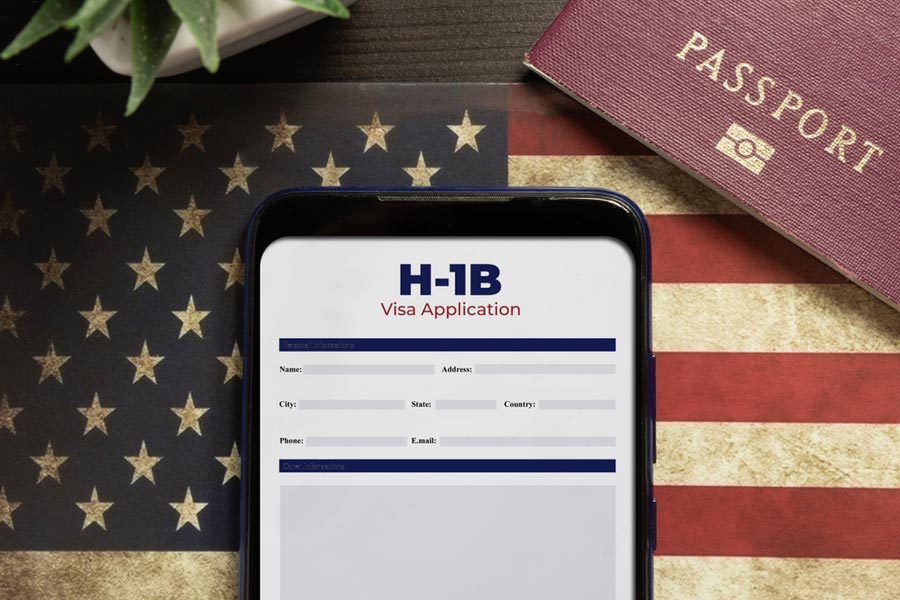
As if we didn’t spend enough time on the app already, the folks at WhatsApp just made their biggest play yet by rolling out video calling to over one billion users worldwide on iOS, Android and Windows Phone. With entrenched incumbents in the space representing some of the biggest names in the business — Apple FaceTime, Microsoft Skype, Google Duo and WhatsApp’s own half-sibling Facebook Messenger, which app should you call on the next time you need to video call?

Platform support
With the exception of Apple’s FaceTime, which is limited to iOS and macOS devices, all the other players are to be found on all major computing and mobile phone platforms in varying deg-rees. That said, WhatsApp and Duo are tied to a mobile number, while Skype and Facebook Messenger video chats work off your PC/Mac and Android/iOS phones, with the added flexibility of logging on from whichever device you prefer. If you’re looking for the absolute widest platform support, Skype is it — that’s if your contacts are actually on Skype. In sheer installed base though, the Facebook family — WhatsApp and Messenger — excel.

Data usage
Unless you’re on WiFi, video calls can be an expensive affair and it’s easy to blow through your monthly data cap in just a few days’ indiscretions. Testing all the apps on Airtel’s 4G network, FaceTime consistently used the lowest amounts of data, with Skype, Messenger and WhatsApp consuming about 30 per cent to 40 per cent additional data with similar video call quality — some benefit of the Apple ecosystem lock-in, I guess. On a WiFi network, Duo is the biggest data guzzler of all the apps tested. On mobile data, the app automatically lowers the video call connection to 1Mbps but still manages to consume the most data by a small margin.

Other features
Skype is clearly the most mature product around, having been around the longest, and this shows in the richness of its feature set. For instance, while the others only support person-to-person video calls, Skype has a videoconferencing feature which even supports guest accounts — no need to register for a Microsoft/Skype account to join a video conference.

There’s even the incredibly nifty real-time translation feature for eight languages when you’re on a video call! All these features result in a complex user experience for Skype users, say when compared to how easy video calling is in apps like Duo or FaceTime (WhatsApp is guilty of not exposing the video calling feature intuitively as well). From a security perspective, bear in mind that while most video calls are protected from snoops by end-to-end data encryption, WhatsApp/ FaceTime/ Duo users‘ identities are tied to their real phone numbers or email addresses, while Skype subscribers can hide behind obscure nicknames.

WhatsApp video calling still needs a bit of polish, but the initial experience has been more than commendable. Given that everyone you know is likely to be on it — something I can’t say about Skype, FaceTime or Duo — WhatsApp video calling earns an easy recommendation.
Pricy offering
.jpg)
Big batteries have been the theme in the mid-range segment, and Asus ZenFone 3 Max takes everything I liked in the ZenFone 3 I looked at earlier this year — premium design and a sharp 5.5-inch full-HD IPS display — and tacked on a capacious 4,100mAh battery. Slim bezels around the display keep the phone manageable for one-handed use, though the phone is a tad thick and heavy (8.3mm, 175g).
Now, instead of the Snapdragon 600-series of chips, which are expected for this price segment, Asus has scrimped and gone with the budget Snapdragon 430 in the Max. Expectedly, the chip works okay for day-to-day tasks on the Android Marshmallow-based ZenUI 3.0 interface, but falters when it comes to heavy games or apps. The 16MP camera fares well in good light but focusing slows down when the sun goes down.
But you’re here for the battery, aren’t you? The Max delivers, maybe not as impressively as the Redmi Note 3, but respectably enough… and lasts the better part of two days on a single charge. You can even get in some reverse charging time for another device by plugging it in using the bundled OTG adapter and still not have to fret at the end of the day. The charge rate is slow, though… as is the fingerprint reader. The bigger issue is that Asus has priced the Max out of contention, more so since it packs rather modest internals — I just can’t recommend it at this price.
- Rating: 7/10
- Price: Rs 17,999
- URL: bit.ly/TT-ZenFone3Max
Following the followers

If you base your self-worth on how many likes, retweets or favourites you get on social media… or if it matters to your boss at your place of work, consider the FlapIt. It’s a WiFi connected physical counter that displays a real-time view of how you’re doing on 11 social media properties that include Facebook, Twitter, Instagram, YouTube, Foursquare, Tripadvisor and Yelp, among others. Show off your follower count with style!
- Price: $379
- URL: bit.ly/TT-FlapIt
technocool@kanwar.net; follow me on twitter @2shar










